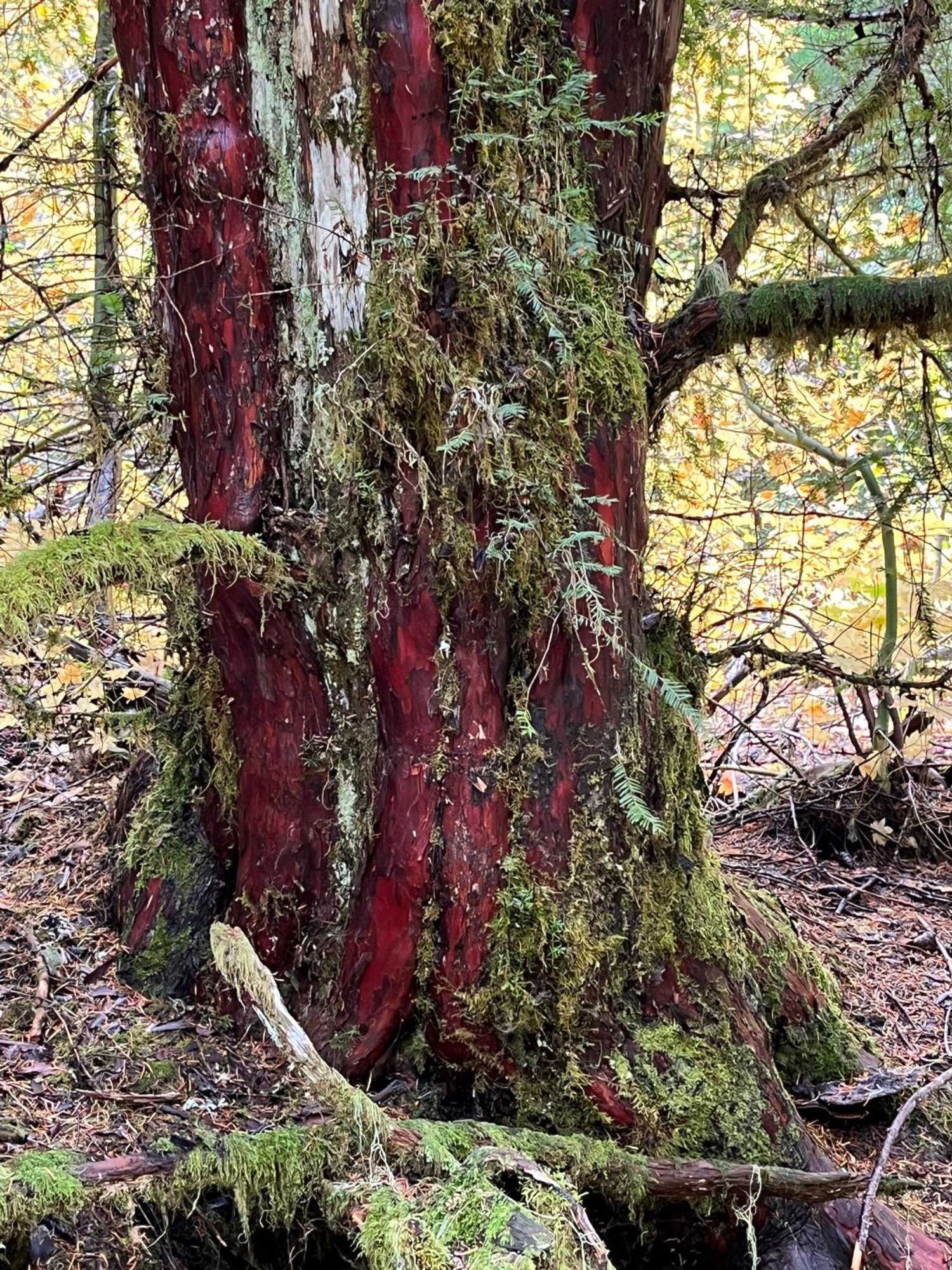
50. Big Swamp
Summary
Length – 3 to 7 miles one way
Difficulty – Moderate to difficult
Season – Spring to autumn
Elevation range – 3,600 feet to 3,800 feet (5,280 feet at FR 2154)
Human imprint – Minimal after the beginning
Information - Willamette National Forest, Middle Fork Ranger District
Primary old growth features
Large patch of remote ancient forest.
Description
The uppermost segment of the Middle Fork National Recreation Trail (3609) links the valley floor, where a remote grove of classic old growth resides, with the headwaters of the Middle Fork Willamette River in Timpanogas basin. Cold-air drainage from the glaciated topography of the area, combined with the adjacent Big Swamp, appear to have protected the grove from fire for several centuries. This fire refugia is in contrast to much of the south end of the Willamette National Forest where evidence of historical fire is widespread. The hike splits into three segments, and can also be accessed from the upper trailhead off of FR 2154.
The first mile and a half of the trail travels the southwest bank of the river through a mix of older cutting units, leave blocks, and buffer strips with an assortment of young and old trees. Shortly after crossing a trail bridge over the Middle Fork, the trail enters an impressive grove of hefty Douglas-firs and western hemlocks. Large snags and logs are abundant in this beautiful example of classic Dougles-fir old growth. A potential turnaround point about three miles in is indicated where younger trees become plentiful.
From here the trail starts climbing steadily through mixed older forest, usually within earshot of the river headwaters. Patches of splendid Douglas-fir and western hemlock old growth resume, and mountain hemlock and Pacific silver fir become more common as the trail gains elevation. The trail steepens and starts a series of switchbacks up the valley headwall about five miles from the trailhead, periodically nearing several small waterfalls and cascades.
The trail emerges to cross FR 353, now closed, and enters the more gently sloped upper basin for the final segment of the hike. Stately mountain hemlock and Pacific silver fir old growth take over entirely above the old road with a few surviving western white pines mixed in. After a mile the trail emerges onto FR 2154 for an alternative starting point and a potential drop-off spot for a one-way downhill hike.
Note: Hikers comfortable with following unmarked pathways can save a mile each way by using an old and no longer signed or maintained trailhead. Continue on FR 2153 for another mile to a junction with unsigned FR 340 on the left and FR 375 on the right. Hike down FR 340 for a couple hundred yards and follow the partially overgrown road to the right around the old gravel pile. The old roadway curves right and then left leading to the trail bridge over the Middle Fork.
25 years of change
The old forest appears mostly unchanged, except most large western white pines have died out.
How to get there
Turn right (south) onto the Kitson Springs County Road (FR 23) towards Hills Creek Reservoir off of Highway 58 less than 1 mile southeast of Oakridge, and turn right again a half mile later onto FR 21. Follow FR 21 around the west side of the Reservoir, continue up the valley, and take the right fork onto FR 2153 approximately 31 ½ miles from the highway. The trail is on the left just after crossing the bridge over the Middle Fork about 2 ¾ miles later.
To reach the upper trailhead, take the left fork onto FR 2154 approximately 31 ½ miles from the highway. Trailhead parking is on the right 9 ¼ miles later just past the turnoff for Timpanogas Lake.

Beautiful Douglas-fir old growth

Douglas-fir in the fall
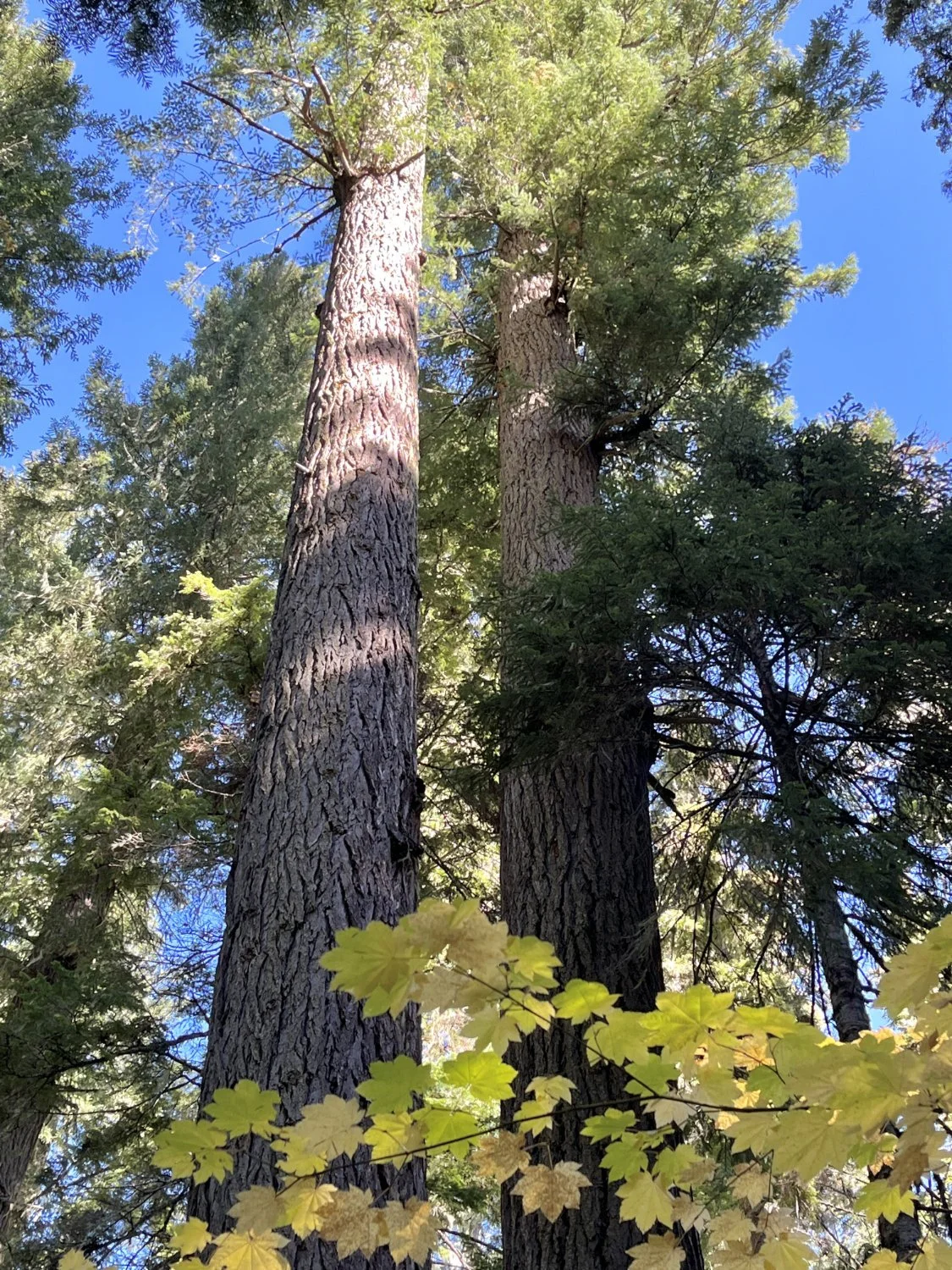
Reaching for the sky
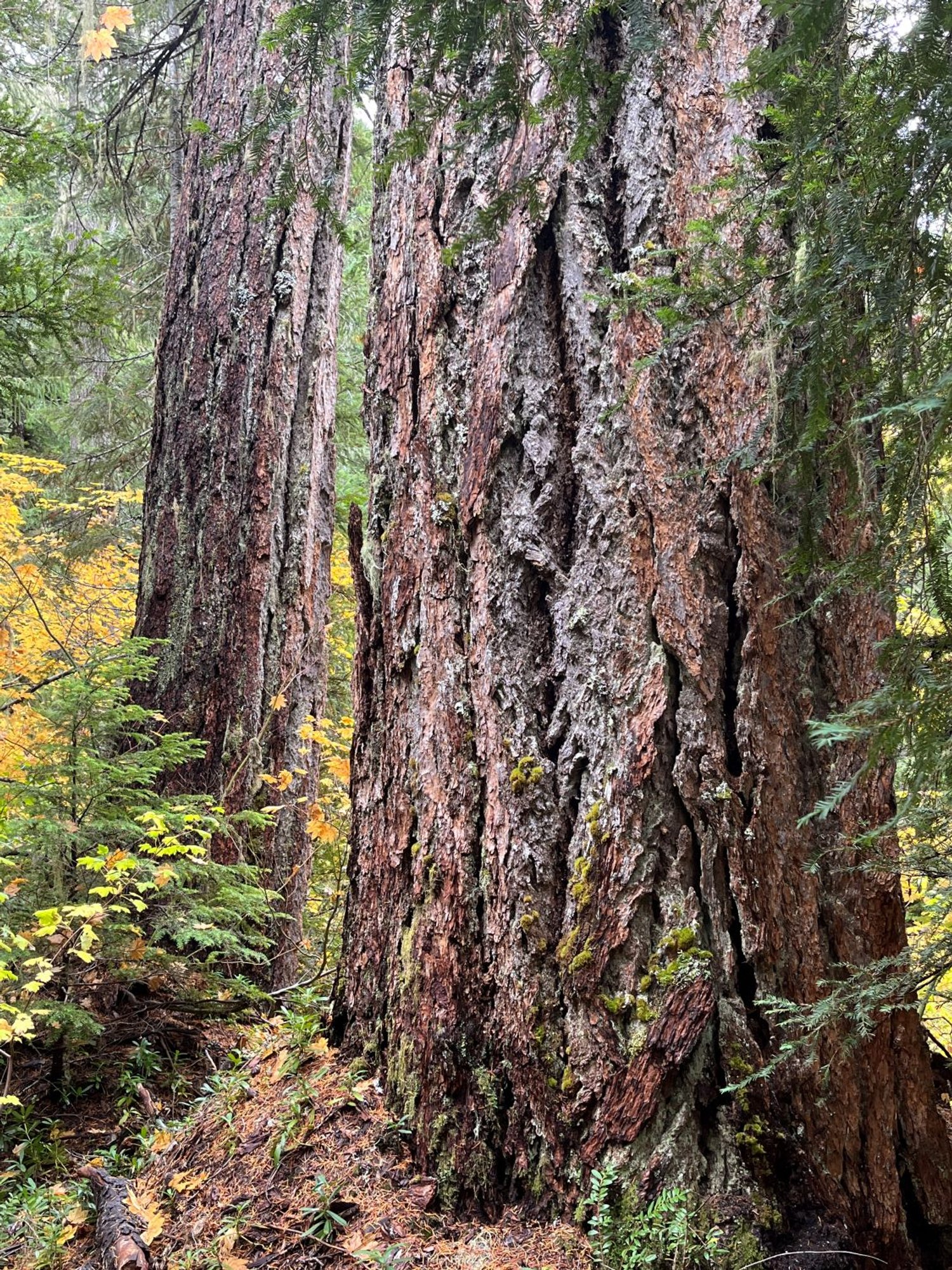
Fat firs

Abundant large snags

Unusually large Pacific yew
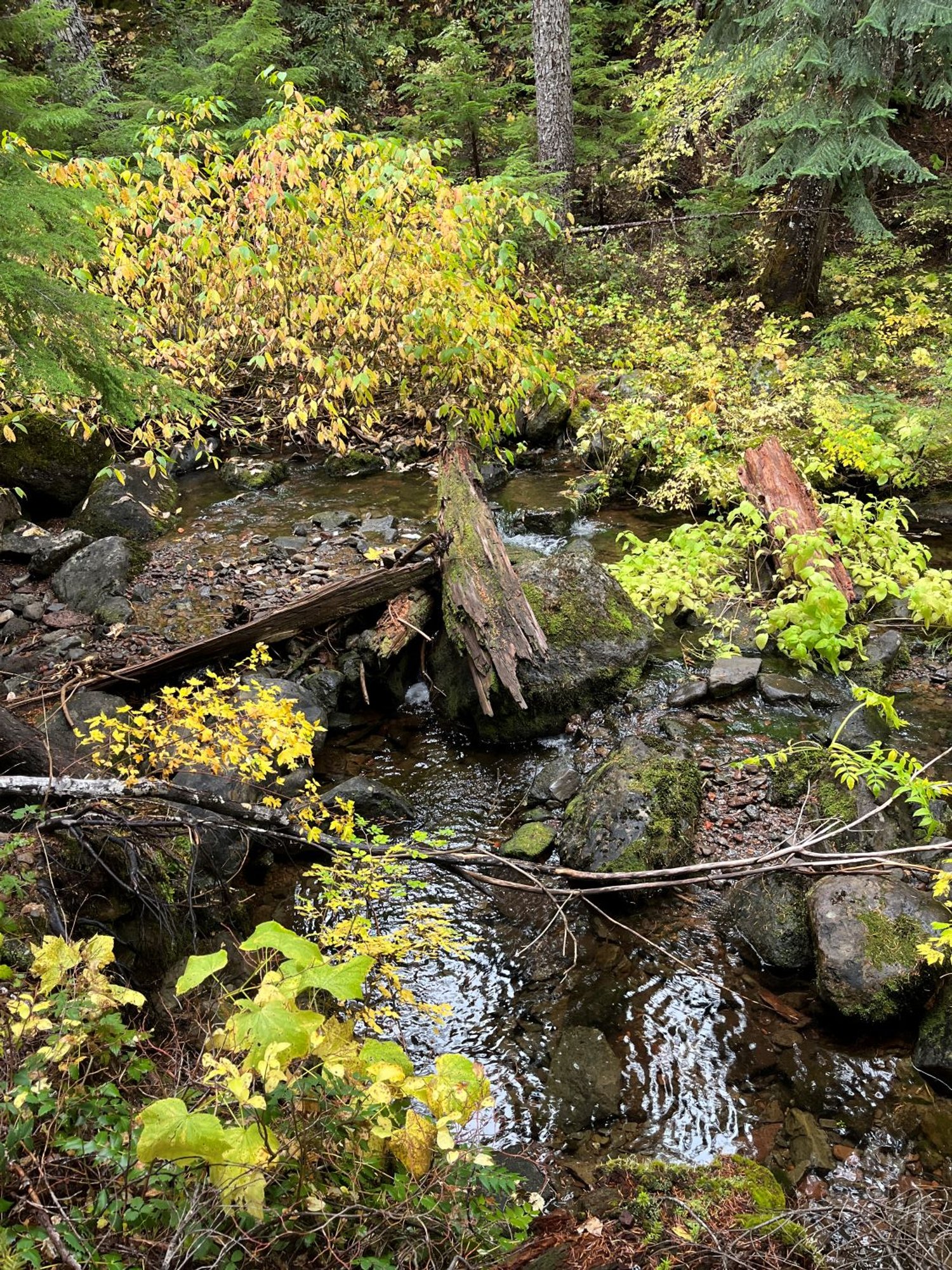
There's a river in there ...
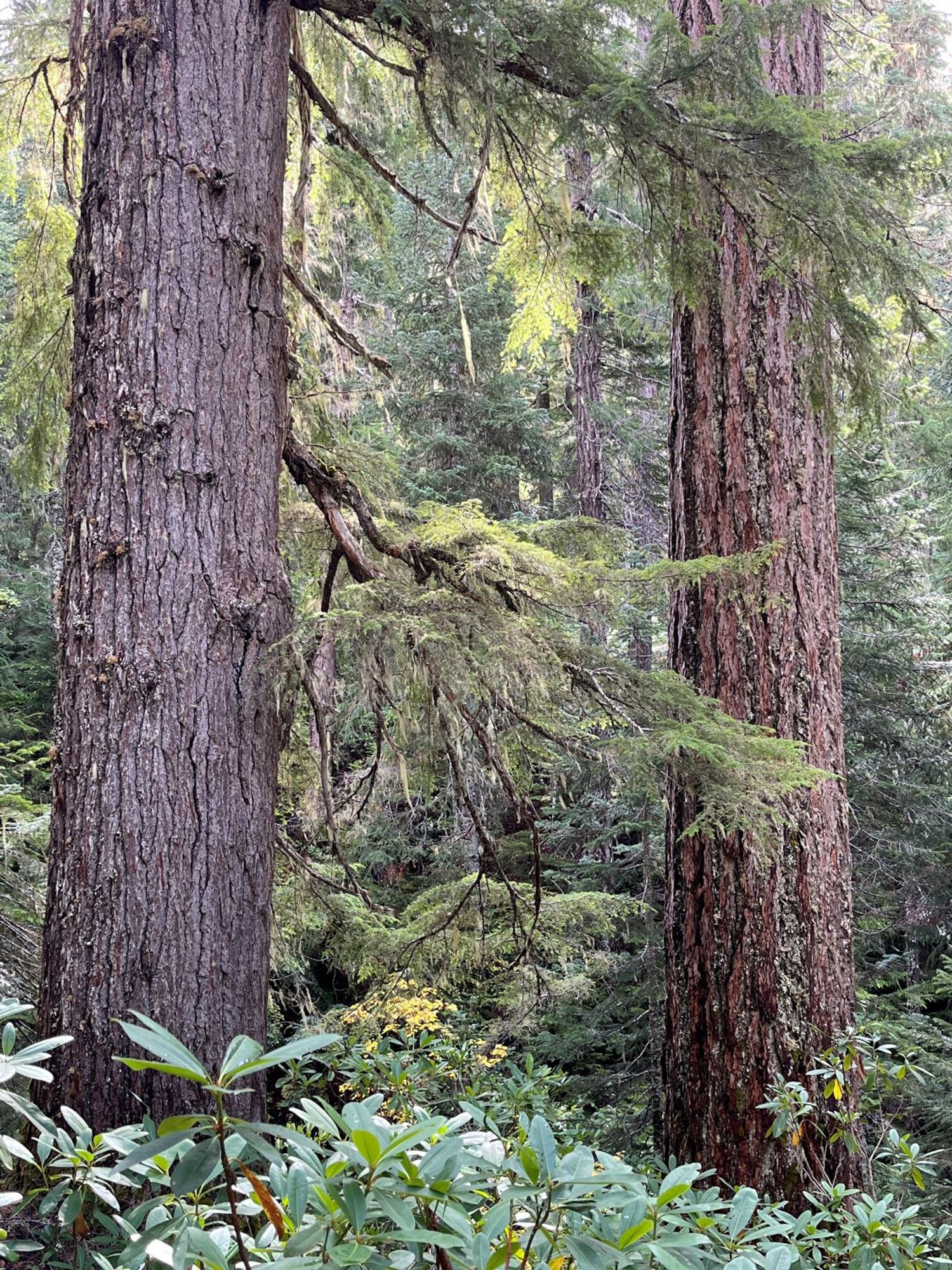
Douglas-fir and western hemlock

Huge mountain hemlock

Big Pacific silver fir
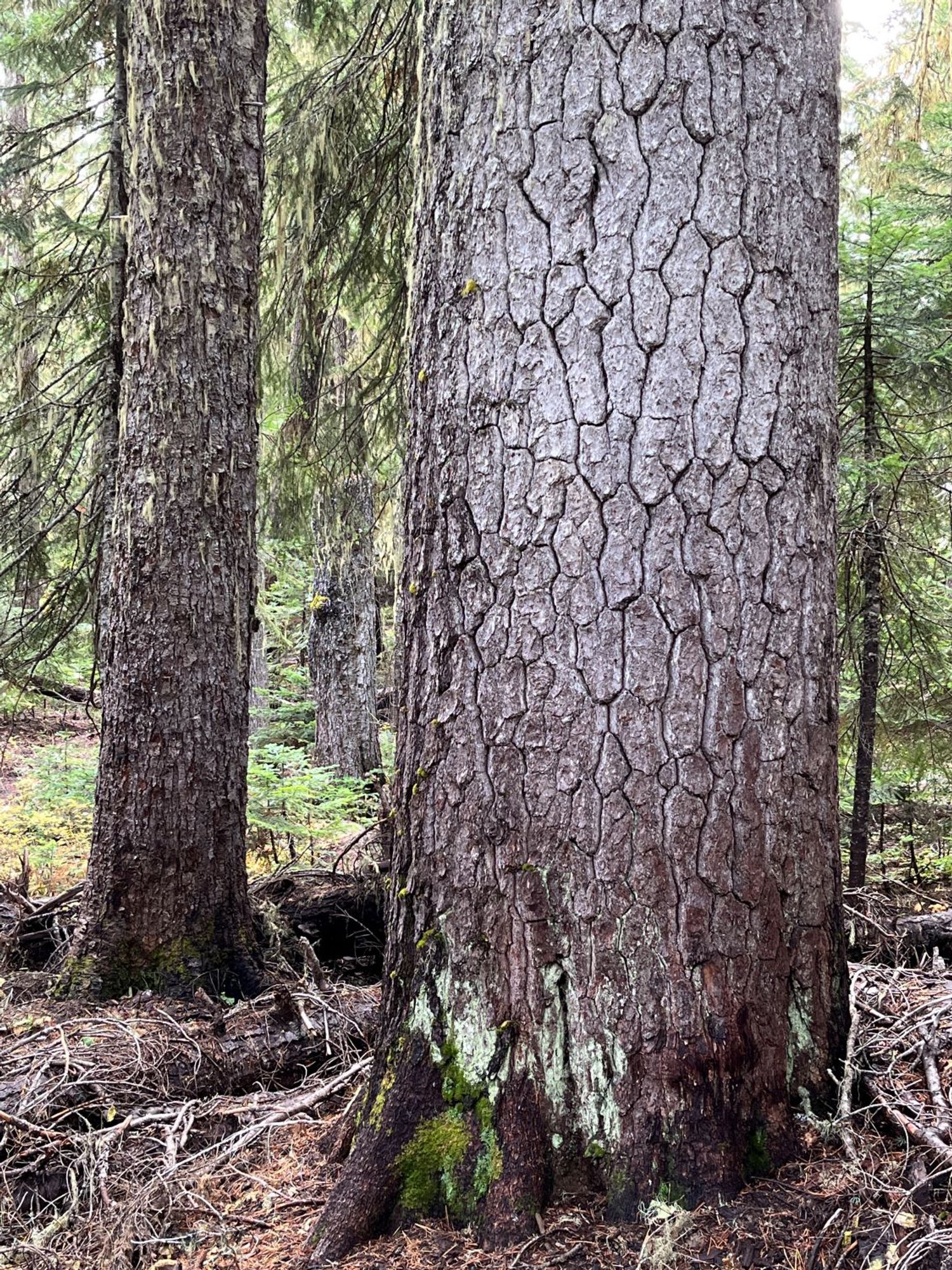
Western white pine, still alive
